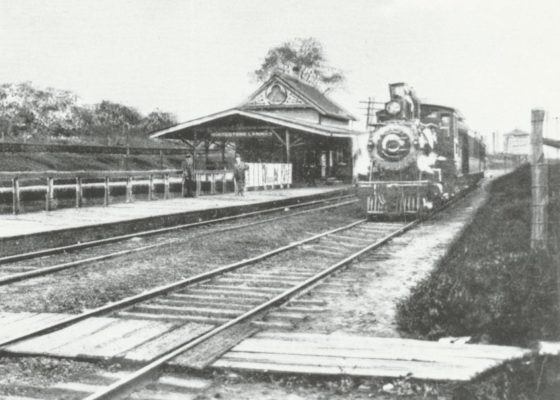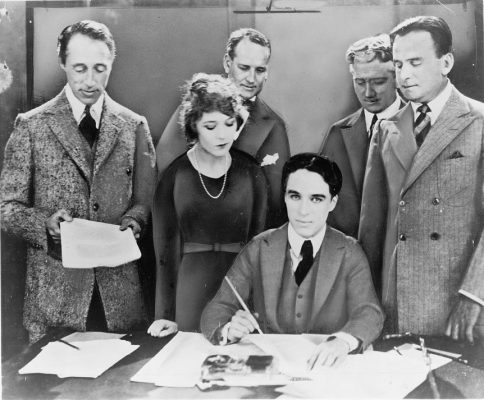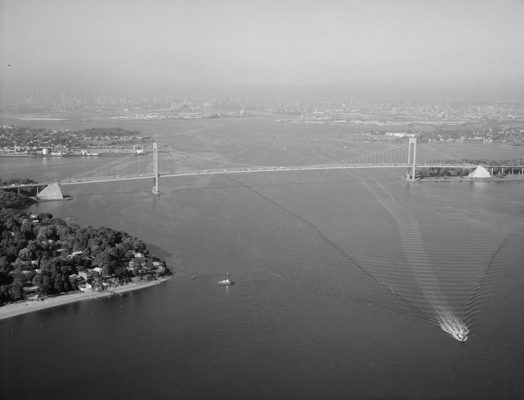
Sopranos actress Drea de Matteo grew up there. Escapologist Harry Houdini and silent movie star Charlie Chaplin moved there. And local landmarks include an abandoned railroad, a former hotspot for shipwrecks, and “Spaceship Church.”
Learn more during the Whitestone Walking Tour on Saturday, July 12, at 11 am.
Queens Historical Society Executive Director Jason D. Antos, who has lived in the area for almost all of his life, leads the two-and-a-half-hour excursion, which will focus on historic Whitestone.
General admission is $15, and the meet-up spot is 154th Street and Powells Cove Boulevard. Antos is also a teacher and the author of Arcadia Publishing’s Images of America: Whitestone (2006). Signed copies of this 128-page work will be available for purchase. (He has also written histories of Douglaston/Little Neck, Jackson Heights, Flushing, Shea Stadium, and the entire borough with Arcadia, while he’s close to finishing works about Corona and Woodside.

Editor’s note: Here’s a description from the Arcadia website: Whitestone was named after a large limestone boulder found in 1645 by the Dutch on the virtually flat seashore. The Dutch recognized the great potential to establish the town as a major trading port due to its location by the East River. They purchased the town from the Matinecock tribe, who had been living on the fertile land, for the price of one ax for every 50 acres. The town prospered, and the population grew. In 1898, Whitestone became a part of New York City, and the area experienced a real estate boom. Beautiful estates and private homes sprung up overnight. Celebrities from the golden age of cinema, such as Mary Pickford, Charlie Chaplin, and Rudolph Valentino, established homes in the area. After becoming a major hub for the Long Island Railroad, Whitestone became the home of the famous Whitestone Bridge, which is regarded as the greatest suspension bridge ever built.
Cedit information: The top photo is from the Queens Historical Society., while the other two are from the Library of Congress. The middle one depicts (left to right) D.W. Griffith, Mary Pickford, Charlie Chaplin (seated), and Douglas Fairbanks at the signing of the contract establishing the United Artists motion picture studio in 1919. Pickford and Chaplin lived in Whitestone. The Bronx-Whitestone Bridge is in the bottom photo, which dates to 1968. True to its name, it spans the East River between Whitestone and the Bronx.

Queens Historical Society
The Queens Historical Society is located in the landmarked Kingland Homestead at 143-35 37th Ave. in Flushing. Founded in 1968, the nonprofit is the largest and most active historical society in the borough and the only one with a borough-wide scope and impact. It promotes and provides assistance for research into social, political, and economic aspects of Queens history and documents the constant changes that continue to shape the borough. The agency also maintains an archive and library of primary and secondary sources of historical information for students, historians, and the public.
Kingsland Homestead was built by original resident Charles Doughty, the son of a wealthy Quaker, in 1785. The two-story dwelling became “Kingsland” after Doughty’s son-in-law, British sea captain Joseph King, bought the property in 1801. The first floor has a 1,350-square-foot exhibition-and-lecture space. The second-floor parlor is designed in a Victorian style representative of the 1870s with lacework and items (i.e. notebooks, eyeglasses) that former inhabitants used. The structure has a gambrel roof, a crescent-shaped window in a side gable, a Federal-period chimney piece with an iron Franklin stove, and a Dutch-style, two-level front door.
From 1847 until 1998, a 60-foot-high weeping beech — with an umbrella of branches that stretched 85 feet — lived in the backyard. The tree had NYC landmark status, and it’s believed to be the original source for all weeping beeches in the United States. (It immigrated from an estate in Belgium.) Henry Stern, who was the NYC Parks Commissioner at the time, held an outdoor, public funeral for the tree in 1998.
